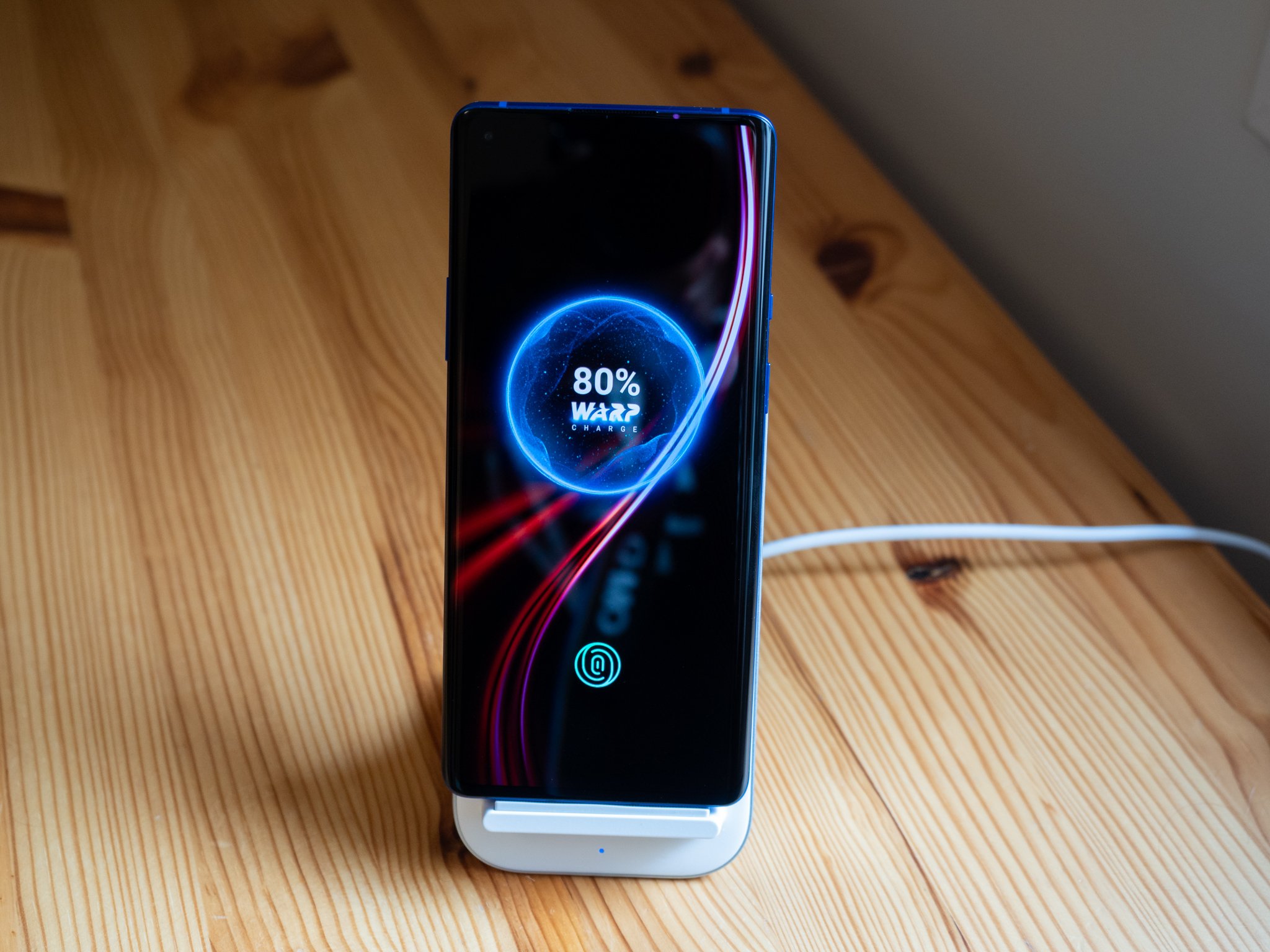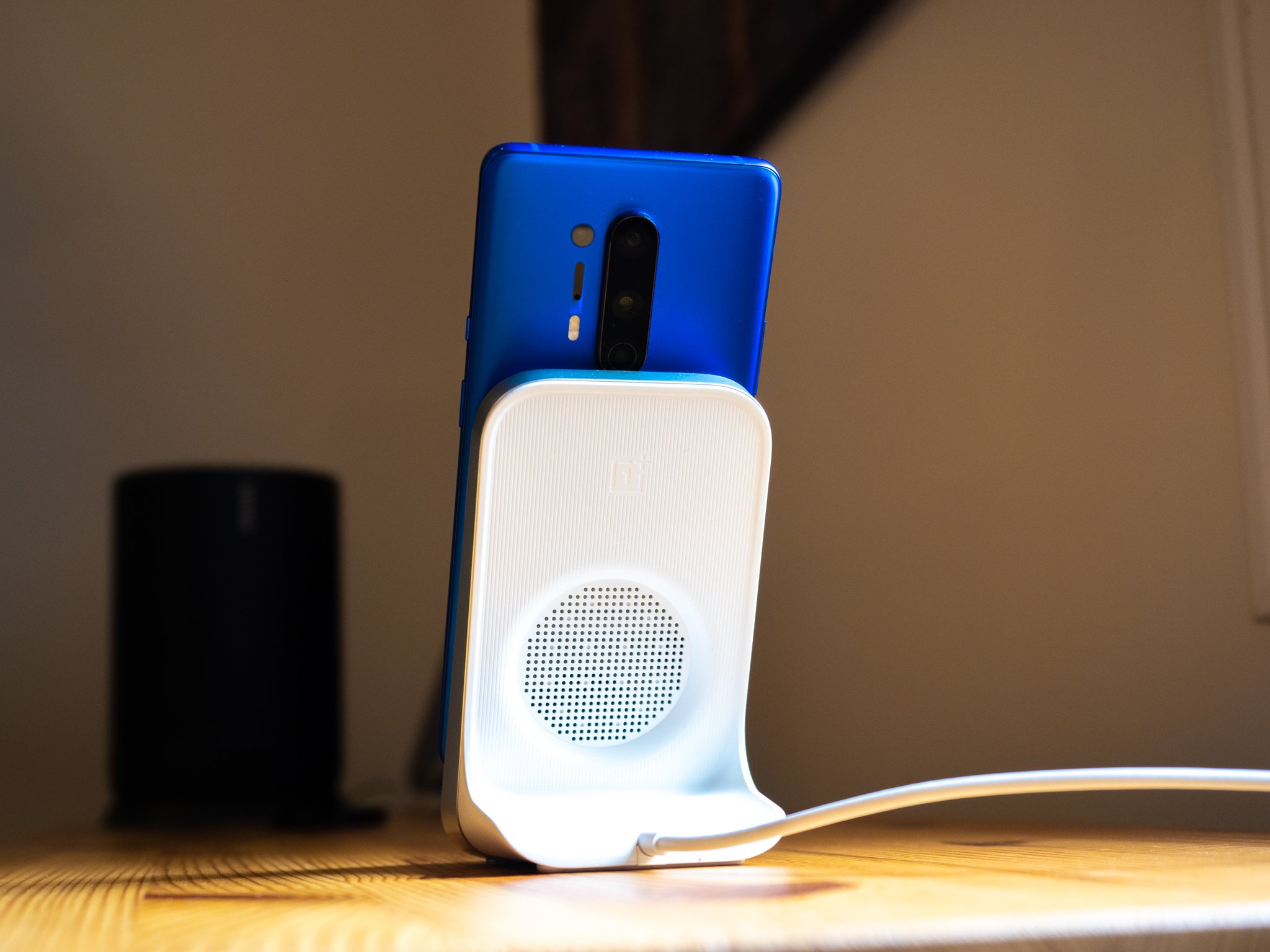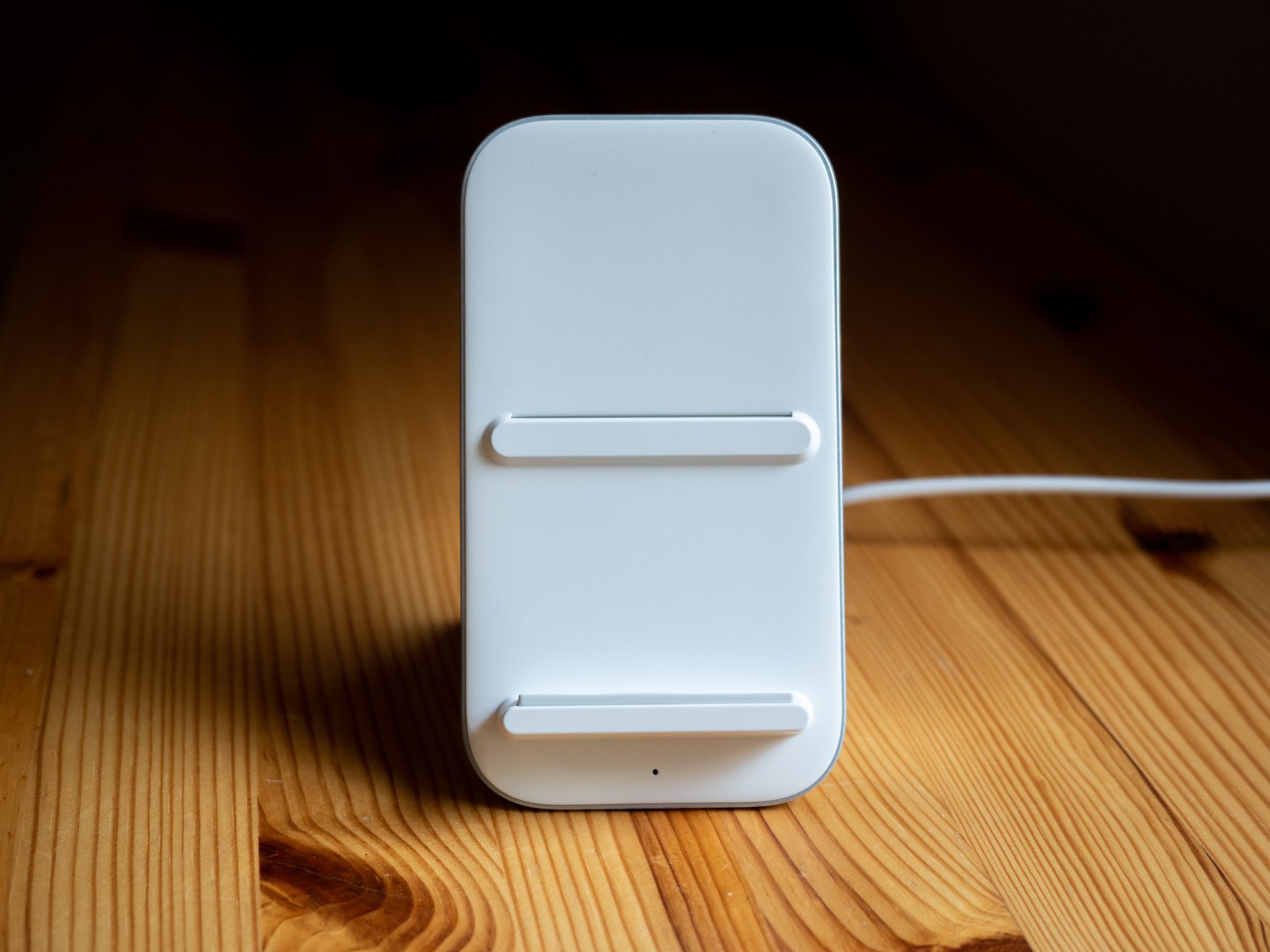OnePlus 8 Pro has 30W wireless charging — here's how it works
Wireless charging that's almost as fast as wired is now a real thing, thanks to OnePlus' Warp Charge Wireless tech.
Everyone wants their phone's battery to last all day and half of the night. When that can't be done, the next best thing is fast charging where you can go from almost dead to 50% in less than 30 minutes. The only thing that could make this better is if you could use a wireless charger and just plop your phone down instead of looking for that darn charging cable.
Thanks to OnePlus' new Warp Charge Wireless that will debut with the OnePlus 8 Pro, now you can.
I know this all sounds too good to be true but OnePlus's Evan Z. took a few moments to give the crash course about how it works, and it's really cool. Especially if you're the type of person who finds new ways to use old ideas interesting like I am. Here's what Evan had to say about the new charging method at the OnePlus forums:
The highly effective charge pump ensures a charge efficiency of 97% and minimizes the amount of energy converted into heat. Designed with similar functionalities to that of a kill switch, the isolated charge pump deactivates charging when abnormal currents and voltages are detected. This function helps to maintain a stable charge and keeps your phone safe while powering up.
To improve charging efficiency and maintain a high-power charge for longer, we utilized Warp wireless direct charging architecture. This innovative technology enables real time communication between the wireless charger and the phone through a customized chip. The chip assists in controlling the charger's current and voltage to maximize overall efficiency. By combining these two pioneering technologies, we were able to ensure a powerful 30W wireless charge that's both fast and stable.
While that's helpful, wouldn't it be even better if you knew what a charge pump is and how it can make wireless charging better?
Electronics 101You need to have a very basic understanding of how electricity works to know why a charge pump can make wireless charging more efficient and better. Nothing brain-straining, I promise.
Ohm's Law is the key. Expressed as Amperage = Voltage divided by Resistance, It states that (among other things) Amps x Volts = Watts at a constant resistance. So if you had a circuit sending 10 Amps at 10 Volts you are supplying 100 Watts. OnePlus is wireless charging at 30 watts with the OnePlus 8 Pro, which is about as fast as wired Warp Charge that OnePlus uses.
Most electrical theory revolves around Ohm's Law, and through it, you find there are a lot of ways to reach 30 Watts.
The trick is how you deliver those 30 Watts. You could send 30 Amps at 1 Volt and burn everything down, or go the opposite route and send a higher voltage but lesser amperage, which is exactly what OnePlus is doing. The charger delivers 20 Volts at 1,5 Amps to the phone itself.
OnePlus is doing this because the voltage is not the biggest offender when it comes to heat, and heat is what destroys batteries.
A wire can handle a specific amount of current and using higher voltages and fewer amps is a standard way of conserving energy lost due to heat. Your electric stove or dryer uses 220 volts instead of 110 volts because it actually uses half the amount of energy when done this way.
A charge pump does the same thing a transformer does - converts voltage.
Electronics are a little different though. The first thing to know is that you can't use a transformer to boost (raise) or buck (lower) the voltage in a DC circuit; all battery-powered devices use DC power. To alter the voltage you use what's called a charge pump. A charge pump is a very efficient DC to DC conversion circuit that uses capacitors to alter voltage. OnePlus didn't invent the charge pump nor is it the first company to use them in a phone. It's just the first company to use them this way.
A charge pump can double, triple, halve, quarter, or change the voltage by any fraction, either higher or lower. OnePlus is using two charge pumps and a proprietary method that lets the phone and the charger communicate instantly to deliver 30 efficient Watts to the phone, then convert those 30 Watts so that they charge the battery as fast as possible.
The charger coil sends 20 Volts at 1.5 Amps to a charge pump. This carries 30 Watts of energy in a way that's efficient when it comes to heat loss. The first charge pump halves the voltage to 10 Volts, which doubles the amperage to 3 Amps. Because of Ohm's Law, this is still 30 Watts.
A series of charge pumps and a good way for the phone to talk to the charger means 30 Watt fast wireless charging is here.
That current is sent to a second charge pump which halves the voltage again, which doubles the amperage. Now the charging circuit is sending 6 Amps at 5 Volts (and 6 Amps x 5 Volts = 30 Watts) to the actual circuit that charges the battery. If you were to send 6 Amps through an induction coil things would quickly get so hot that they would become dangerous. Even at 1.5 Amps, the charger stand requires a fan. The numbers sound small, but there is a lot of potential energy in an amp or two.
This is why the need for fast and reliable communication between the charger and the phone is crucial. It allows OnePlus to wirelessly charge a phone at speeds we would think of as fast over a wire.
OnePlus has said it wouldn't offer wireless charging until it could be as fast and reliable as wired fast charging. With Warp Charge Wireless, it looks like we're there.
No strings attachedOnePlus 8 ProMore expensive, more capable.
The OnePlus 8 Pro is an impressive and well-designed Android smartphone that doesn't upend the traditional OnePlus formula so much as extend it to its logical place in the 2020 canon - more features, higher price. With the addition of an impressive primary camera, waterproofing, and wireless charging, though, OnePlus has finally checked all of the boxes on its spec sheet.



